Winter Riding In Boston: Riding In The Snow
Written by Boston Biker on Dec 20In our ongoing winter riding series (we have already talked about pre-winter, dealing with the cold, and winter bike upkeep) lets tackle winter riding.
You might have noticed, it snowed. Just a smidge here and there, but it is a perfect opportunity to discuss the ins and outs of snow riding.
First off we should discuss the most important part of winter riding. It is freaking fun! Nothing is more fun than sloshing around in some newly fallen snow, and if you are properly dressed, and your bicycle is well maintained (see the links above), snow cycling is not only possible, but very enjoyable.
There is a lot of things we could talk about as far as riding a bicycle in a moving medium (aka snow/slush/ice) but I think it basically breaks down into two parts, handling skills, and equipment choice.
Equipment:
The two parts of a bicycle that most affect winter riding are your tire choice, and your brake choice. This should not be taken as an exhaustive discussion of parts and their benefits, but simply an overview that serves to hit the most important points.
brakes
The kind of brakes most people have on their bicycles (the kind that rub on the rims of the wheel to stop it) can easily fill with ice and snow thus making them less effective at stopping a bicycle. If you have these kind of brakes (most everyone does) you will need to give yourself a lot more room to slow down.
If you have rim brakes, it may take a full rotation of the wheel (or more) before they start actually slowing you down (they first need to scrape off the snow then they can stop). On a normal wheel this is about 6 feet that you will be traveling before your brakes even start to work, if you have a lot of gunk on your wheels that might be even more.
They make another kind of brake that uses a disc (kind of like brakes in cars). These kind of brakes are much less likely to get gunked up with snow and ice, and as such make an excellent choice for winter riding. They are however harder to service, and are a bit more expensive.
Tires
The best tires for snow riding is a debate as old as the bicycle itself. Some people think you need a wide tire to shovel the snow out of the way, some think you need a narrow one to cut through the snow, some think you need nobbies, some think studed tired are the way to go.
I have tried a lot of different kind of tires and can tell you that pretty much all of them (save for studded) slide around a bit, and pretty much all of them work just fine. Just remember cars slide around in the snow, they weigh several thousand pounds, and have much larger tires. Come to terms with it now, you are going to occasionally slide. How to deal with this will be covered below in the riding skills section.
One thing I will say is that for the most part studded tired are not worth it (in Boston). A pair of studded tires will run you 60+ dollars, and they are only really good on days when there is a thick layer of ice (not snow) on the ground. They work like a charm on ice, but make a horrible racket on asphalt, and wear down quickly if not ridden on ice. If you do rock studded tires, remember that when you put your foot down (your shoe is not studded), don’t fall on your face because you forgot there was still ice under you.
Handling Skills:
There are a couple easy things you can do to stay “rubber side down” in the snow.
Slow Down!
Seriously, slow down, slow way down. The more snow, the slower you should be going. Not only will this give you more time to stop, it will also give you more time to go around that ice (you saw that ice right, because you slowed down…right?), dodge that pedestrian, and avoid that asshole in the cab trying to pick up that pedestrian.
Ride in a straight line
If you find yourself on particularly slick road (maybe even a patch of ice), don’t panic. Suddenly slamming on the brakes, or trying to turn sharply to avoid the obstacle is a sure way to end up with your ass in a frozen puddle. If you find yourself on ice, stay in a nice straight line, slow down gently and gradually (shouldn’t be a problem if you follow the tip above), and remember to put your foot down some place solid.
Know your physics
Things like utility hole covers, metal plates, white lines, white stripes, that rubber stuff around train tracks, train tracks, grates, the yellow line down the center of the road…all have something in common. They are made of different stuff than asphalt. As such they all heat up and cool down at different speeds, meaning one thing ICE. All of those structures are more likely to have ice on them. Basically treat them like they have ice on them, slow down as you cross, ride in a straight line, try not to hit them on turns.
Sit and work it
A friend of mine is fond of saying “sit and work it” when I try to get out of the saddle to go up hills. Regardless of if sitting down while hill climbing is a good idea or not, sitting down on the saddle while riding in the snow is a good idea. The added weight on the back wheel will help to control the bike, and because you are sitting down the overall weight of the bicycle will be lower, thus giving you better balance (due to the lower center of gravity).
Ride in the road
In the winter the sidewalks and bike paths become a hellish nightmare of ice and snow. It’s really not even worth it to even think about riding on them (even the Minute Man is poorly plowed). Get out into the road where the large salt filled trucks have cleared you a path. This can sometimes mean riding in that little gap plowed out by the car wheels in front of you, or it might mean riding several feet further into the road because the snow plows have filled up the bike lane. Either way, be visible (lights, reflectors etc), and be confident.
If there is a bunch of snow and ice in front of you and you need to take the lane to avoid it, DO IT. Look over your shoulder, make sure no one is going to run you over, and take the lane. Be confident, get right out to where you need to be and stay there. If you halfheartedly take a lane, cars will try to pass you, and you don’t want them doing that when you are trying to avoid a bunch of slippery ice and snow. If they honk that is just their friendly holiday way of saying “I see you and approve of your full legal right to take that lane, good show!” Once you can SAFELY get back over to the right, do so and allow the other cars to pass.
These simple tips should help make your snow/slush/ice riding a bit more pleasurable. Have fun out there and be safe. If you have any tips for snow riding, or any questions leave them in the comments section.
If you ride all winter and want to proclaim your street cred pick up one of our great “This bike survived a Boston winter” stickers at the store.
Tags: boston, brakes, ice, slush, snow, tires, winter riding
Posted in education | 15 Comments »
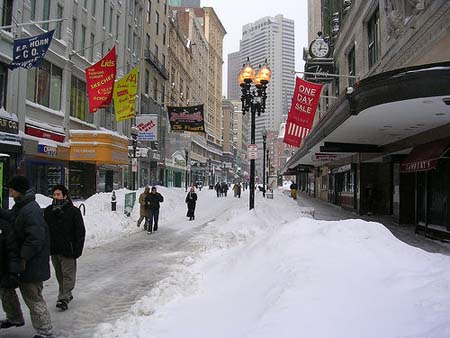
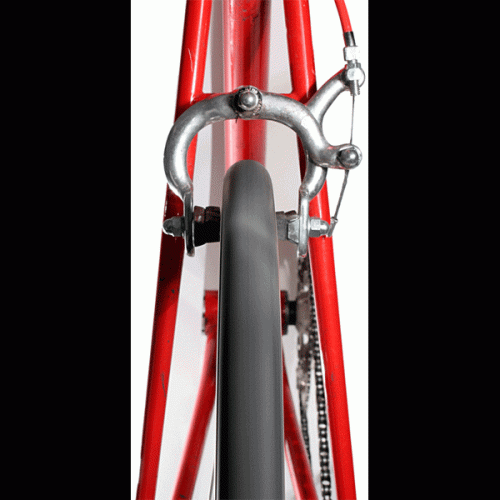
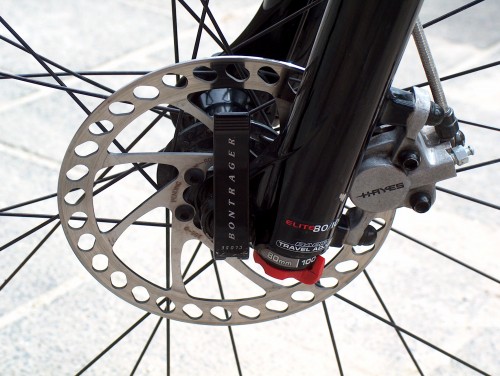
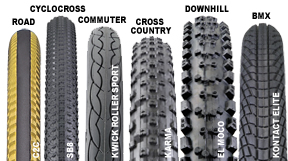
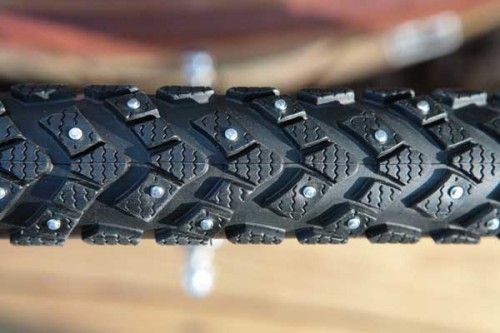



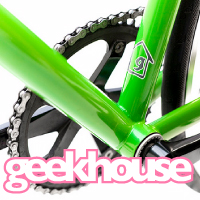

Sorry, comments for this entry are closed at this time.